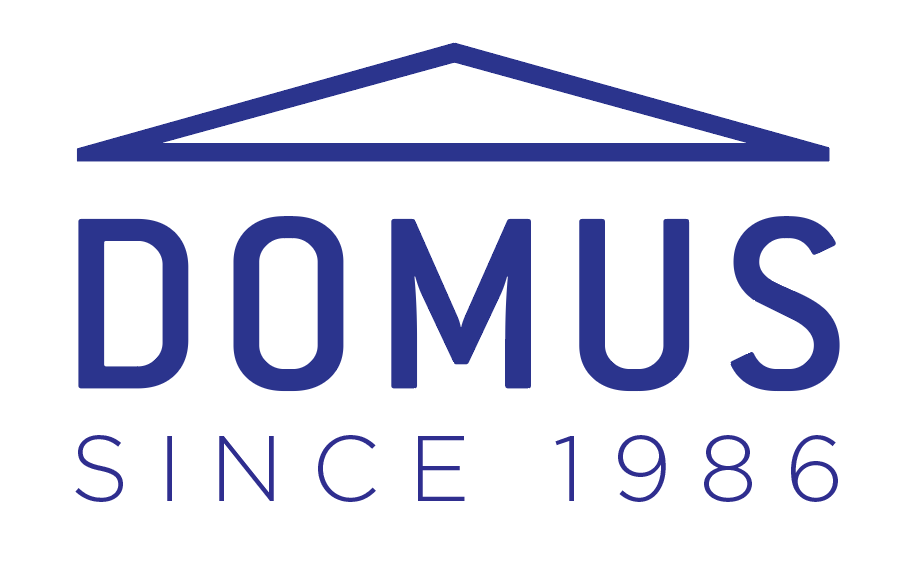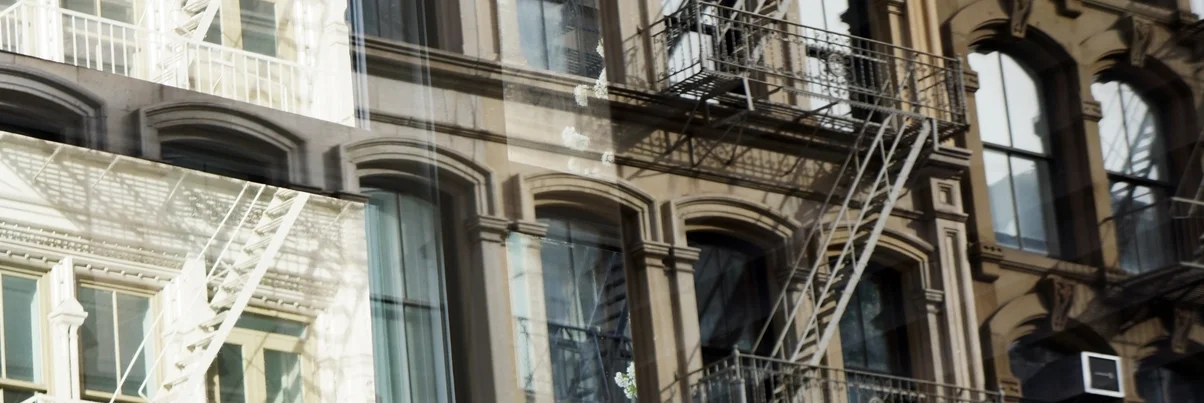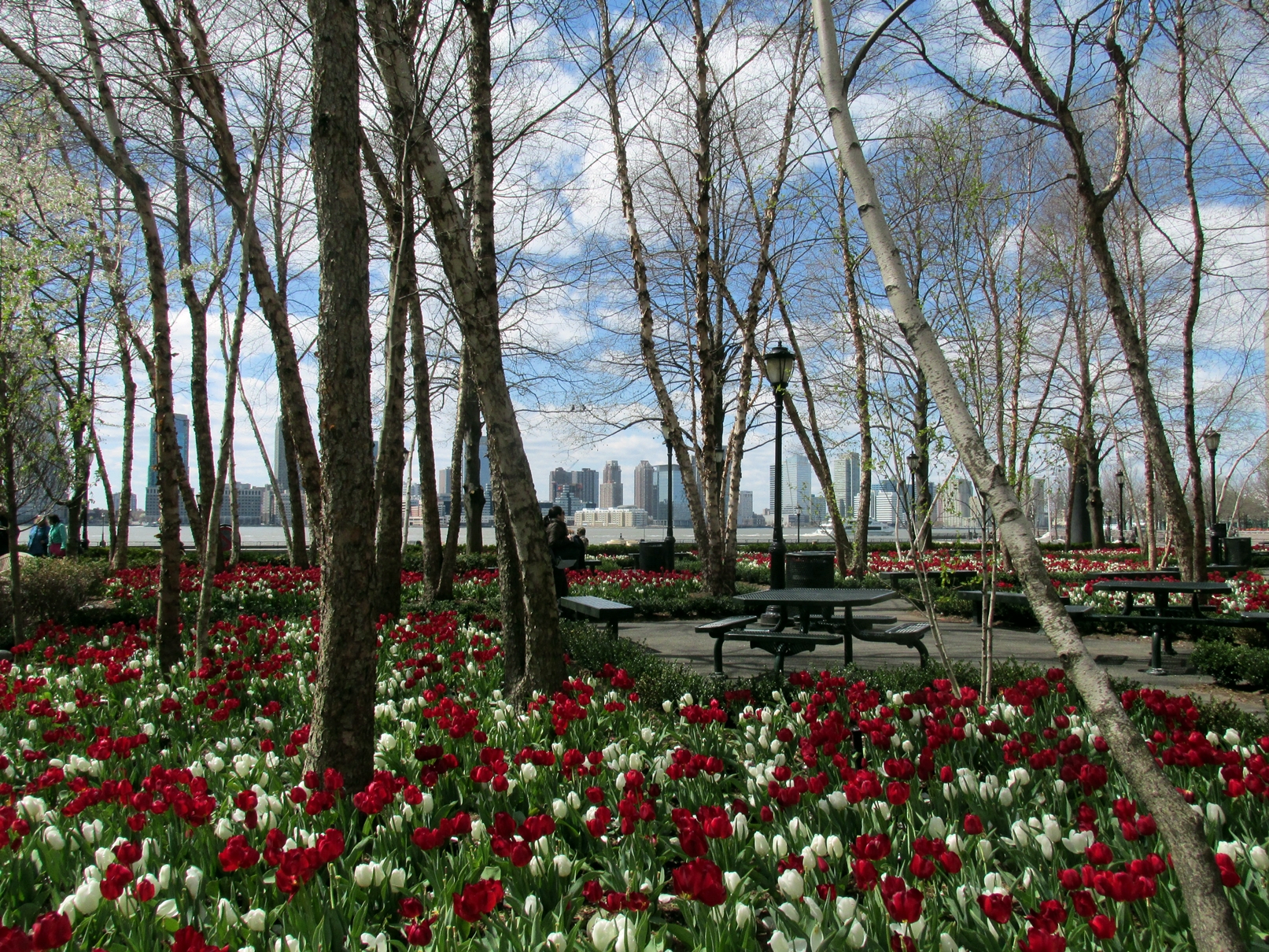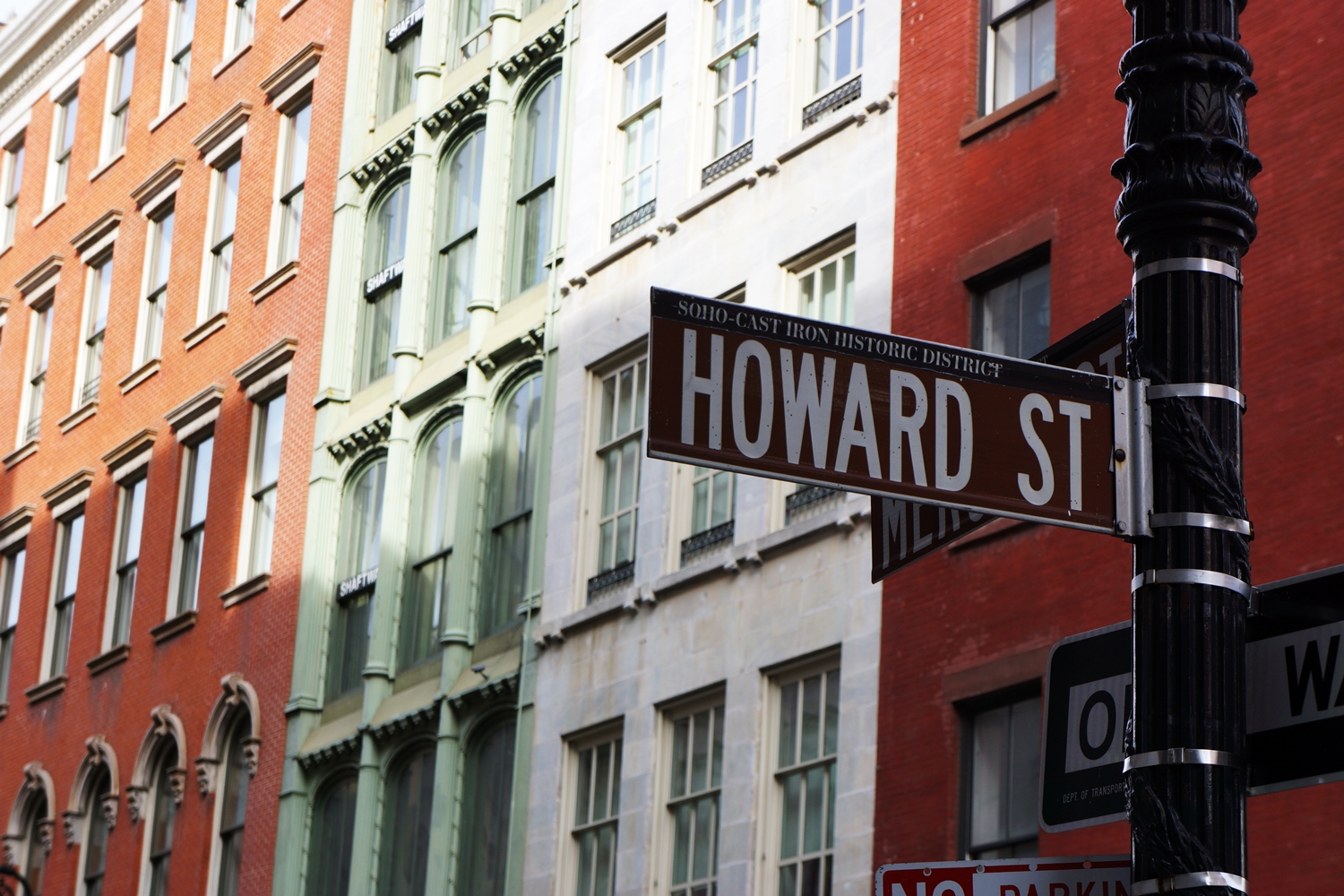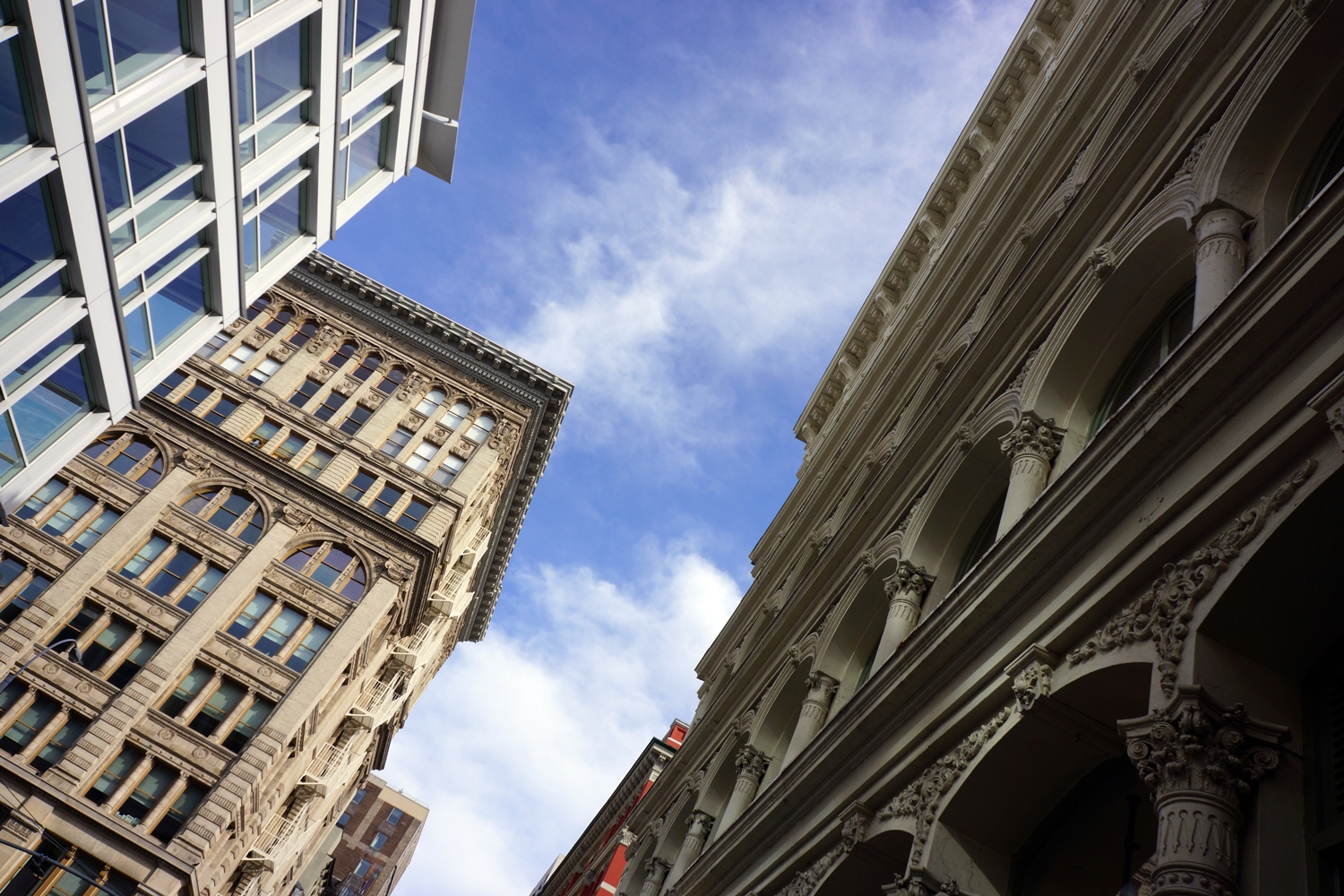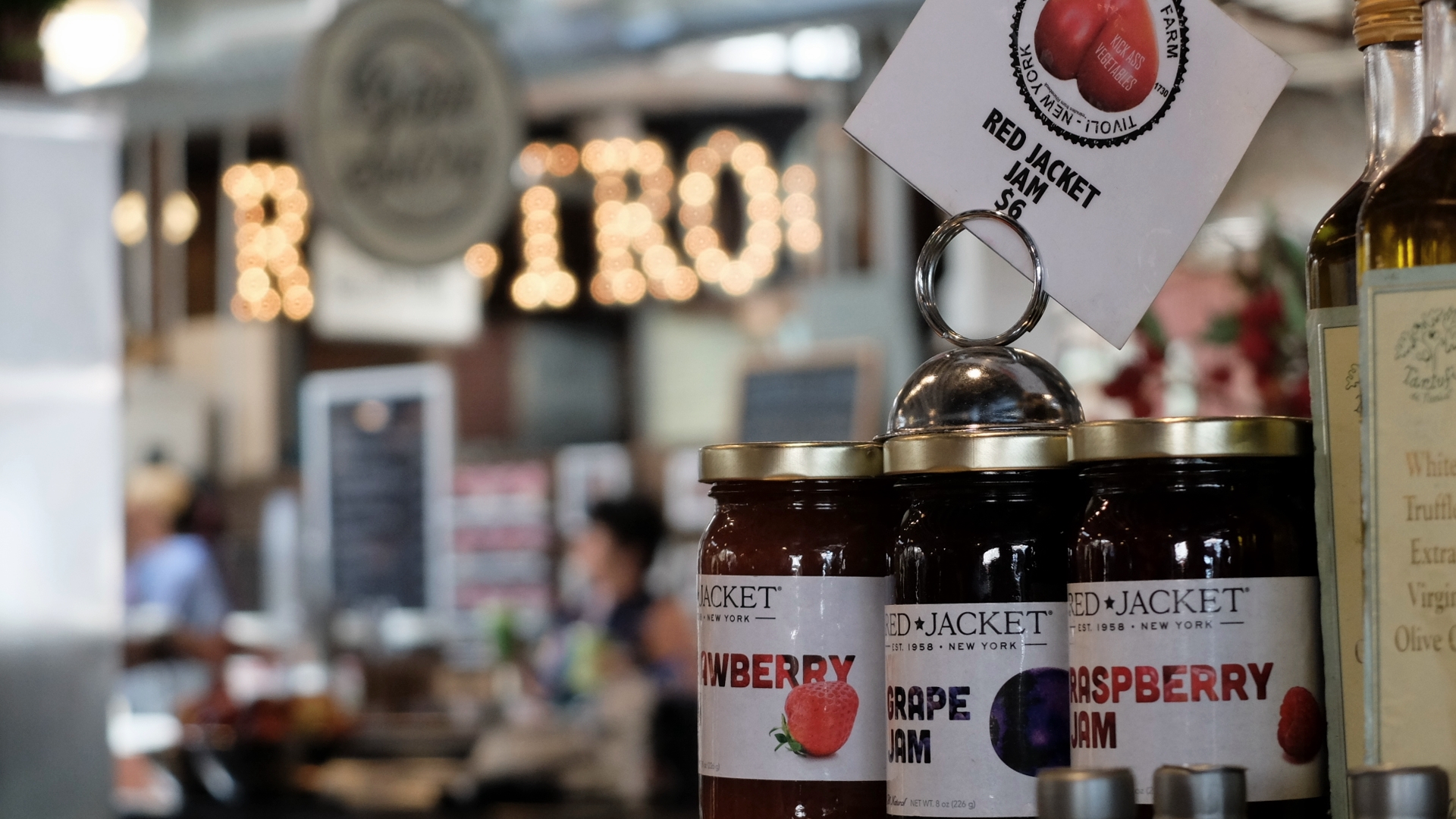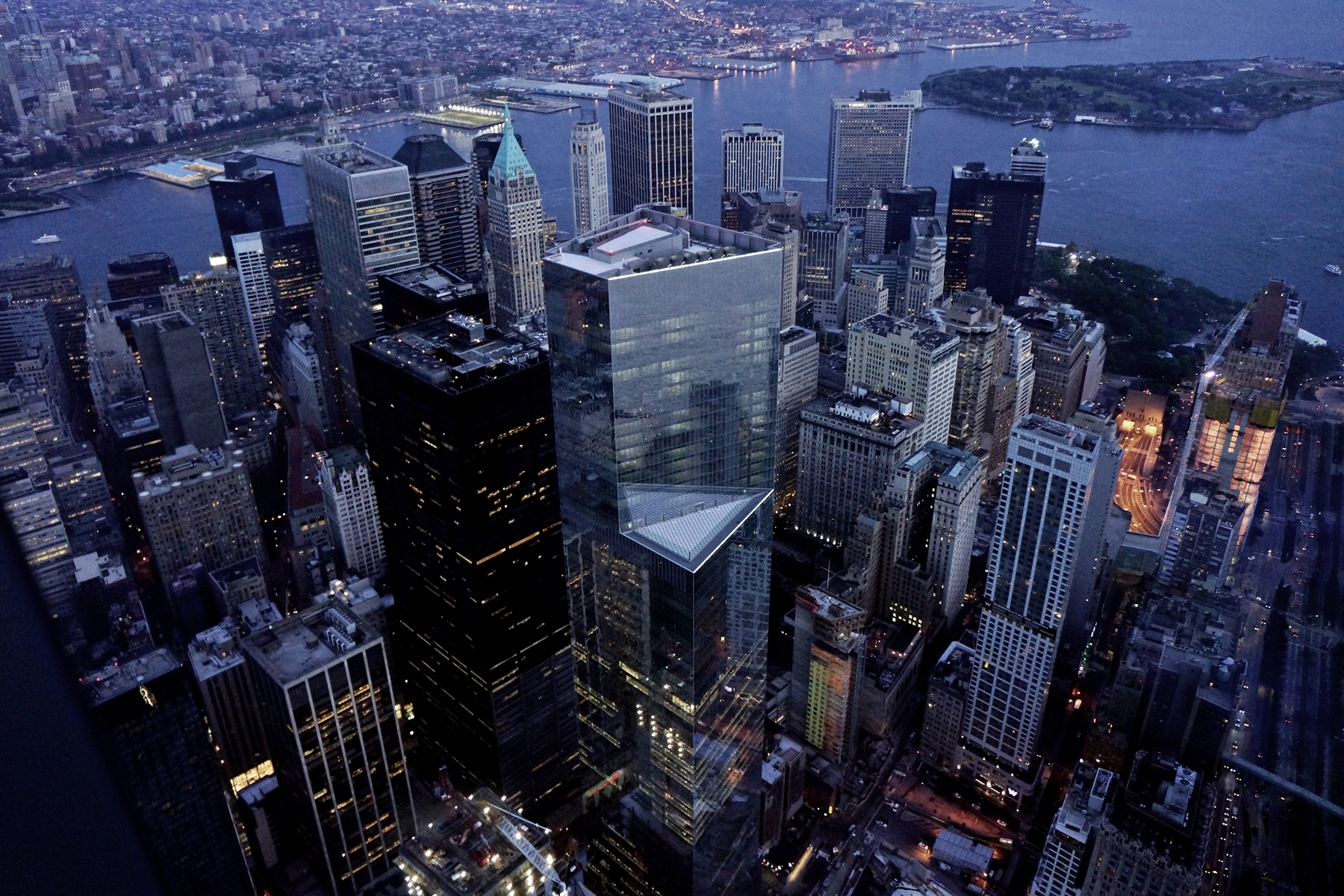INTRODUCTION
Emerging industrialization produced a surge in property development and the adoption of new construction techniques and materials. New "urban areas", including Downtown Manhattan were developed along what is today the capital’s most important financial avenue and incorporated as many new forms of lifestyle as architectural styles.
All photos Credit Veronique Lerebours
As reflected in popular culture, "Downtown" in Manhattan has historically represented a place where one could "forget all your troubles, forget all your cares, and go Downtown," as the lyrics of Petula Clark's 1964 hit "Downtown" celebrate. As it gentrified and has become safer at night, Downtown has becomeone of the most popular late night destination. Likewise, the chorus of Neil Young's 1995 single "Downtown" urges "Let's have a party, downtown all right."
FOR A TAILORED DOWNTOWN PROPERTY SEARCH:
Contact:
Veronique Lerebours
Domus Realty - Downtown
Tel: +1-917-751-4077
Email: veronique@domusny.com
NEIGHBORHOODS
The Financial District
Best for: Museums, historic sites (like the September 11 Memorial and Museum), architecture, and access to Ellis Island, the Statue of Liberty, and the Brooklyn Bridge
What you won’t find: Great dining, much evening entertainment
Parameters of the neighborhood: Everything south of Chambers Street
This is where New York City—then New Amsterdam—was born. The area packs the same historic punch as do colonial sections of Boston and Philadelphia. It was on Wall Street that George Washington took the oath of office as America’s first president. It was here, at Fraunces Tavern, that the Sons of Liberty gathered to plot the overthrow of the British. It was at Castle Clinton and then Ellis Island that millions of immigrants flooded the city in the 19th and 20th centuries to get their first glimpse of a "promised land". The great financial movers and shakers also stalked the area (and continue to do so today), and a visit to these "canyons of greed" at the beginning of the day or at 5pm, when those men and women in suits and trader’s smocks pour onto the streets, is an exciting sight. Recent history has overshadowed other sights and for many visitors this has become simply the place to pay respects at Ground Zero. Other top museums here include The Police Museum and The Museum of Jewish Heritage.
Chinatown (& Little Italy)
Best for: Affordable dining and shopping
What you won’t find: Top museums, streets without gridlock
Parameters of the neighborhood: Chinatown is roughly bordered by Broome Street to the north, Allen Street to the east, Worth to the south, and Lafayette Street to the west.
At points, Chinatown takes on the aspects of Shanghai or Beijing: the dense crowds on the streets, the awnings with Chinese characters, the pinging sound of Chinese conversation everywhere. It’s a fun, truly transporting area to visit and one that’s been voraciously swallowing up other neighborhoods—Little Italy, the Jewish Lower East Side—for the past few decades. In fact, except for two blocks of Mulberry Street (from Canal to Broome), strung with colored lights, Little Italy has ceased to exist and is really only a tourist-trapping shadow of its former self. There are a handful of worthwhile places to shop for Italian food, eat gelato or get Italian coffee, but no noteworthy restaurants and very few real Italian-Americans around anymore. For great, cheap eats (and shopping) stick with Asian restaurants and marts, for the most part.
TriBeCa, Nolita & Soho
Best for: Dining, bars, star-sightings, architecture, shopping
What you won’t find: Cutting-edge galleries (they’re now in Chelsea), museums
Parameters of the neighborhood: Let’s explain the names first. SoHo means “south of Houston Street”. This fashionable neighborhood extends down to Canal Street, between Sixth Avenue to the west and Lafayette Street (one block east of Broadway) to the east. Nolita is the area just north of Little Italy (Mott, Mulberry Street and Elizabeth Street north of Kenmare Street). Bordered by the Hudson River to the west, the area north of Chambers Street, west of Broadway, and south of Canal Street is the Triangle Below Canal Street, or TriBeCa. To get here, take the 1 subway to Chambers Street.
Now that we’ve gotten that out of the way, comes the harder task of figuring out what it is about former factories and tenements that the ultra-rich find so appealing. They certainly wouldn’t have wanted to work or live in this area back then, but these formerly industrial areas have been drawing a lot of boldfaced names lately. And with these arrivistes has come a welcome wagon of hot new restaurants, boutiques, spas, and boites. Which means simply wandering these (often) cobblestoned streets, by the cast-iron buildings (Soho has the most of any area in the world) can be a hoot.
The Lower East Side & East Village
Best for: Dining, bars, dance and music clubs, innovative theaters, local designer-clothing shops
What you won’t find: Museums (with the exception of the very fine Tenement Museum and the Museum of Contemporary Art)
Parameters of the neighborhood: Between Houston and Canal streets east of the Bowery
For millions, these areas were once the portal to America. In fact, the buildings you see on the Lower East Side were built expressly to house the teeming masses of immigrants who flooded into New York between roughly 1840 and 1930. At the turn of the last century, this was the most densely populated area in the world, with a dozen to an apartment and pushcarts jamming the streets. While there are some remnants of that life in the old-world fabric and luggage stores along Orchard Street, these areas are mostly known today for bars, lounges, and music clubs. It’s in these two neighborhoods that you’re most likely to find young designers opening their own tiny stores and protégés of the town’s great chefs trying out their own first restaurants. I may be prejudiced because I live in the East Village, but I find it one of the most vibrant areas of Manhattan, though many blocks have lost their gritty edges thanks to ever-rising real estate prices.
Greenwich Village
Best for: Strolling, dining, historic sites, lovely architecture, specialty food shops, theater, live music clubs, star sightings
What you won’t find: Museums, many hotels
Parameters of the neighborhood: From Broadway west to the Hudson River, bordered by Houston Street to the south and 14th Street to the north
Greenwich Village has always been where the city’s outsiders and oddballs have found a haven. In Dutch Colonial times, it was farmland set outside the walls of the city, and a number of slaves were given conditional freedom in return for providing the burghers with food (and fighting off the Native Americans). At the turn of the 20th century, the area became known as a bohemian enclave, where artists of all sorts (Mark Twain, Edgar Allan Poe, Henry James, Winslow Homer, to name a few) could find cheap lodging and companionship. In the 1950s it was at the center of the Beat movement; in the 1960s and [‘]70s the area around Christopher Street became the center of a burgeoning gay rights movement (in the [‘]80s it was a hotbed of AIDS-related activism).
Today, the high real estate prices have dulled the Village’s edge, and you’re more likely to see moms with strollers than long-haired poets walking these streets. And that mom might be Sarah Jessica Parker or Uma Thurman, two of the many celebs who now call the tree-shaded brownstones of the Village home sweet home. But the charms of the area are still intact, as is the illusion that you’ve entered another city altogether. Very few buildings in the neighborhood reach to 10-stories (most are lower than that) and small shops elbow out chain stores. It’s a wonderful place to simply come and get lost in.
Chelsea & the Meatpacking District
Best for: Art galleries, nightlife, shopping, the Highline, gay bars
What you won’t find: Theater, Museums
Parameters of the neighborhood: Roughly the area west of Sixth Avenue from 14th Street to 30th Street
Manhattan’s Chelsea neighborhood is today what Soho was 10 years ago, and what Greenwich Village was 20 years ago. The major galleries have moved here, as has Greenwich Village’s large gay population. This makes for a lively cultural scene with many bars and clubs (dance clubs are in abundance from 22nd and 29th streets between Tenth and Eleventh avenues). The so-called Meatpacking District, named for the slaughterhouses in the area, has also become an extremely popular nightlife destination (as well as a shopping mini-mecca for its handful of super-trendy stores). An off-shoot of Chelsea, it’s NYC’s adult Disneyland, filled with late-night clubs, bars, and restaurants that are unhindered by the city’s zoning laws (as there are no schools or churches in this part of town). The popular High Line park has already established itself as a City must-see, and new downtown transplant the Whitney Museum of American Art is poised to do the same.
The Flatiron District, Union Square & Gramercy Park
Best for: Dining, historic sites, architecture, Off-Broadway theater
What you won’t find: Museums, nightlife (with a few exceptions)
Parameters of the neighborhood: The Gramercy Park area is from about 16th to 23rd streets, east from Park Avenue South to about Second Avenue; the Flatiron District is south of 23rd Street to 14th Street, between Broadway and Sixth Avenue; Union Square is the hub of the district from 14th Street to 18th Street.
Manhattan’s Chelsea neighborhood is today what Soho was 10 years ago, and what Greenwich Village was 20 years ago. The major galleries have moved here, as has Greenwich Village’s large gay population. This makes for a lively cultural scene with many bars and clubs (dance clubs are in abundance from 22nd and 29th streets between Tenth and Eleventh avenues). The so-called Meatpacking District, named for the slaughterhouses in the area, has also become an extremely popular nightlife destination (as well as a shopping mini-mecca for its handful of super-trendy stores). An off-shoot of Chelsea, it’s NYC’s adult Disneyland, filled with late-night clubs, bars, and restaurants that are unhindered by the city’s zoning laws (as there are no schools or churches in this part of town). The popular High Line park has already established itself as a City must-see, and new downtown transplant the Whitney Museum of American Art is poised to do the same.
Neighborhoods Information Source: Frommers.com
